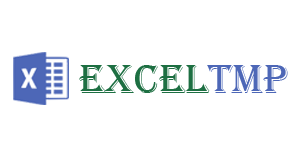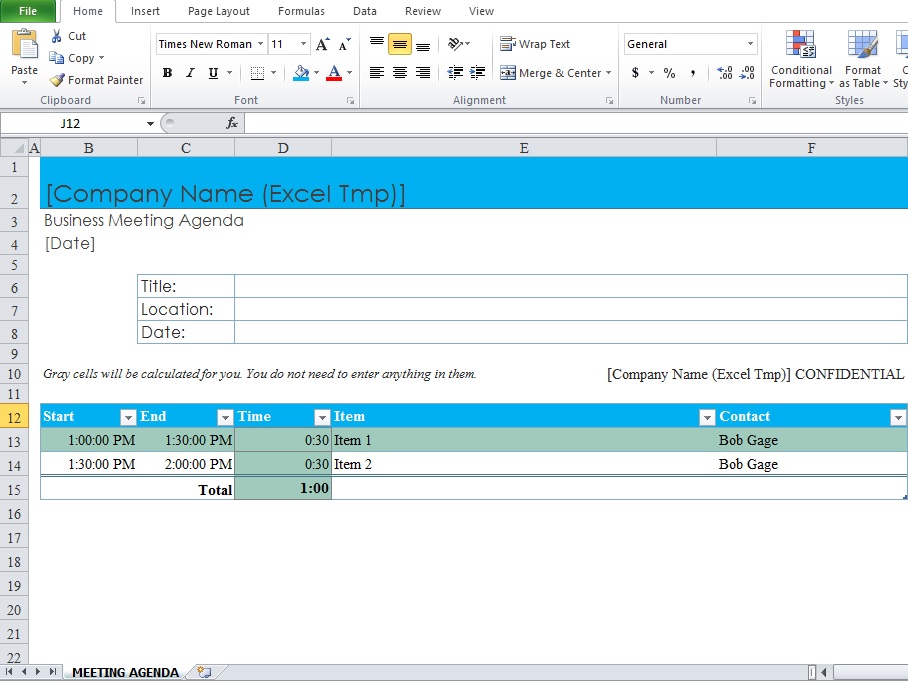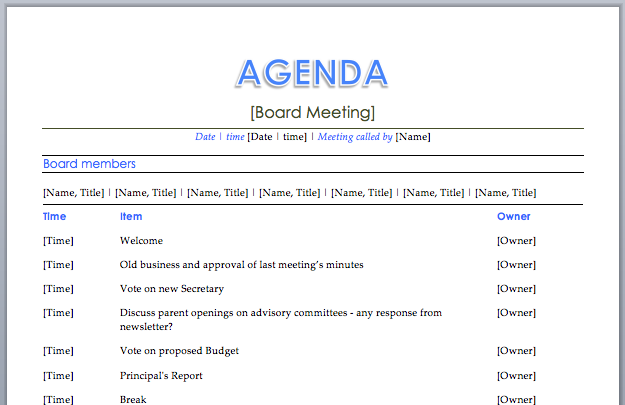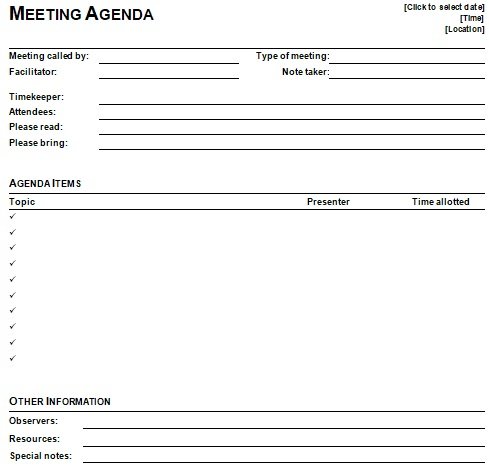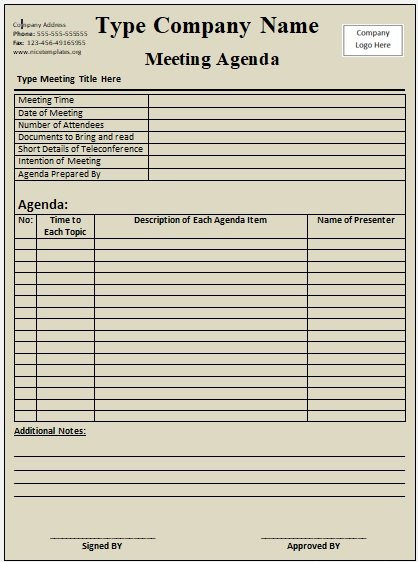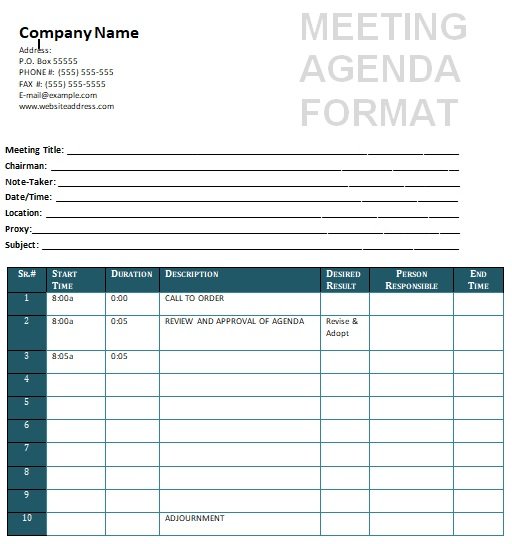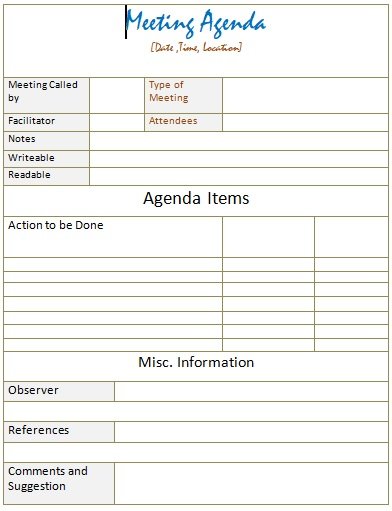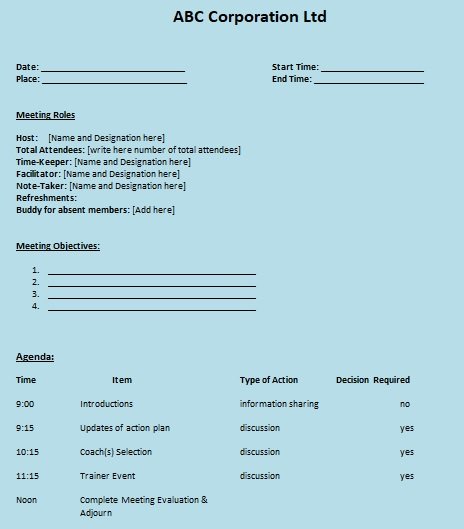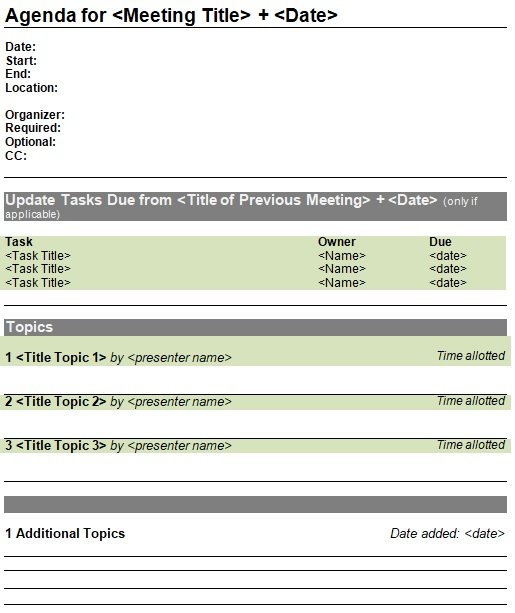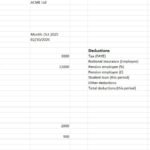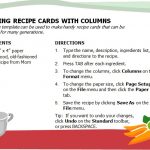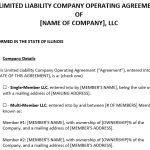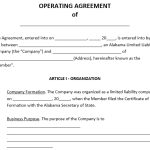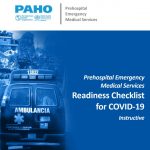A business meeting agenda template is handy when you want to run a successful team meeting or problem-solving session. It lays out tasks or action items for team members so that they understand what to expect before a team meeting. With this tool, companies can facilitate more effective and efficient meetings.
Table of Contents
What is a business meeting agenda?
A business meeting agenda is a document that highlights the important points that your team can expect to discuss in an upcoming meeting. A well-structured meeting agenda aligns your team with the purpose of the meeting and sets clear expectations. Moreover, you can keep the meeting on track and purposeful by clearly specifying which team member is responsible for a specific topic and the time allotted for each point discussion.
What is the significance of a business meeting agenda?
Here are the benefits of using a meeting agenda template;
- By having a meeting agenda, participants can avoid going off-topic and also it assists in cutting down on wasted time.
- The meeting agenda template helps the team to get a clear understanding of the meeting’s purpose and objective. It encourages team collaboration by providing everyone with a goal and a plan to reach that goal.
- A well-crafted meeting agenda helps the team to stay on track and move on to the next topic when a certain discussion exceeds its time limit.
- You don’t need to create a new format for each meeting if you use a meeting agenda template. In addition, it saves your company precious time and promotes uniformity for further team meetings.
- It enables the team members to just discuss the topics that are listed on the agenda.
What to include?
A well-crafted meeting agenda usually includes the following elements;
Meeting title
Your agenda must have a clear and precise title so that it becomes easier for the readers to understand what it is.
Meeting goal
Specify clear meeting goals, objectives, or a meeting topic in your meeting agenda. To ensure everyone is aligned while running your session, refer to the goal so that everyone stays focused.
Date, time, and location
To make it easy for the team members to attend the meeting, mention the date, time, and location of the meeting. Also, it is important to specify the meeting duration so that everyone can plan their working day.
Attendee list
The team members who are expected to attend the meeting, specify their names and roles. It helps to determine who is responsible for a specific task during the meeting.
Agenda overview
Your document must provide a simple and high-level overview of the meeting to make it easy for the members to understand what to expect from the meeting’s structure.
Discussion topics
It would be recommended to split the meeting into particular discussion topics, talking points, or agenda items. Assign each item a clear title and a little supporting information. Prioritize all agenda items so that you don’t miss the most important items if you run out of time.
Time allocation
For each agenda item, assign time slots to make sure that each topic receives adequate attention.
Presenter or facilitator
Each team member should be assigned responsibility for each agenda item. Everyone discusses a specific topic or facilitates the activity.
Preparation
To ensure everyone is well-prepared, provide any specific documents that participants should review before the meeting.
Action items
At the end of the agenda, allocate time to summarize actions and allocate responsibilities for follow-up tasks.
Question & Answer session
If possible, allocate time for open discussion or feedback from participants.
Closing
An important part of a meeting is to bring it to an end effectively. This time can be used to reiterate key points or give feedback on the meeting.
Business Meeting Agenda Excel Template
Free Download Business Meeting Agenda Template
Professional Company Meeting Agenda Template
Business Meeting Agenda Template Word
Business Meeting Agenda Sample
Business Meeting Agenda Example
Sample AA Business Meeting Agenda
Printable Business Meeting Agenda Format in Word
How to increase the effectiveness of the meeting agenda template?
Consider the following tips for an effective meeting agenda template;
Identify the purpose of the meeting
You can ensure the following by identifying the purpose of the meeting;
- All attendees are on board
- Everyone understands why the meeting is organized
- How each task is related to the overall goal
Ask the team members for their opinions
To ensure an effective meeting, keep attendees engaged and ask for feedback in advance. Allow them to ask questions about the content of the meeting so that you can understand their perspective better.
Stick to the agenda
You might miss discussing important information by not sticking to the schedule. Instead of switching back and forth between agenda items, you should try to keep to defined topics.
Create your list of questions
You can create a list of questions based on the subject in case you’ve got some ideas for the subjects you want to cover in the meeting. Like a phrase, the topic of some meeting agendas is listed. However, you can clarify each point’s purpose by framing discussion points as questions.
Stick to the allocated time
You need to stick to the time frame prescribed in the business meeting agenda. Consider penciling in a second meeting in case you are running behind schedule.
Assign a note-taker
Before the meeting, establish a note-taker so they can track any questions and ideas that are discussed. You can assign this role to an intern or assistant. Additionally, you can rotate the function and allow any member to participate occasionally.
Review meeting notes
When the meeting has ended, review the notes if you missed anything. In the task items, assign teammates and include due dates to maintain high levels of responsibility.
